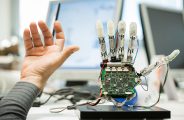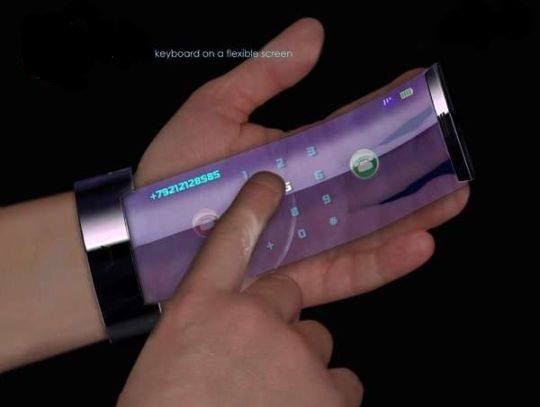Watch This Car Heal Itself From Scratches & Dents
Researchers at Germany’s Karlsruhe Institute of Technology (KIT) have developed a self-healing polymer that can mend itself and fully restore its mechanical properties in just a few minutes when heated at low temperatures. The material could be used to create self-repairing sealants, scratch-resistant paints, and more reliable fiber-reinforced plastic components.
Self-healing polymers are nano-materials whose molecules can re-align at varying temperatures, however the process is complex. So far, scientists have been able to accomplish regeneration in two ways: 1. Using a network of embedded microcapsules containing a temporary healing agent (which can only heal a limited number of times), or 2. Using materials that can heal indefinitely by chemical reactions (but need a large amount of energy as a catalyst) which is unpopular for general use.
The research team headed by Christopher Barner-Kowollik used a third approach. They created a “switchable network” of crosslinked fibers or small molecules that are bonded by a photon reaction. The peculiarity of this material is that the fibers can be reassembled again when heat & light is applied.
There are several key advantages to the new approach: firstly, the self-healing process can be started by applying either heat, light, or a chemical substance; secondly, the healing requires only a few minutes when applying comparatively little heat (120°C/250°F); and lastly, the mechanical properties of the material can be fully restored, and the polymer can keep breaking and healing in this way for a theoretically unlimited number of times.
Barner-Kowollik and colleagues also found that their method can be applied to a number of other known plastics, and that it can be used to change the mechanical properties of the materials with a high degree of precision.
Potential applications could include self healing adhesives, scratch-resistant paints, self regenerating metals for buildings & structures, and self-healing bonds of all types.
More Content on ‘Self Regeneration’ Below
















































